Yellow Fieldcress / Creeping Yellowcress
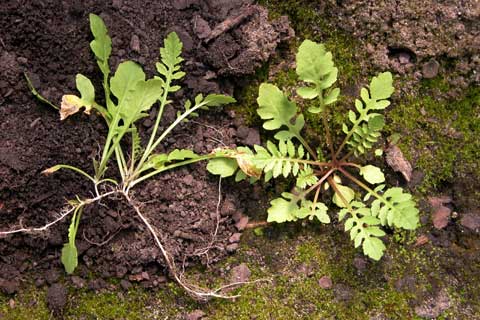
Rorippa sylvestris rosette [Top]
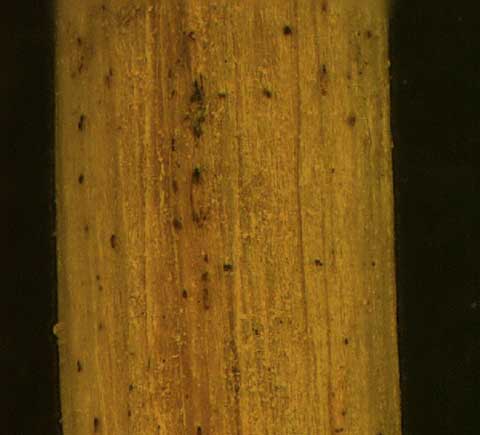
Rorippa sylvestris stem [Top]
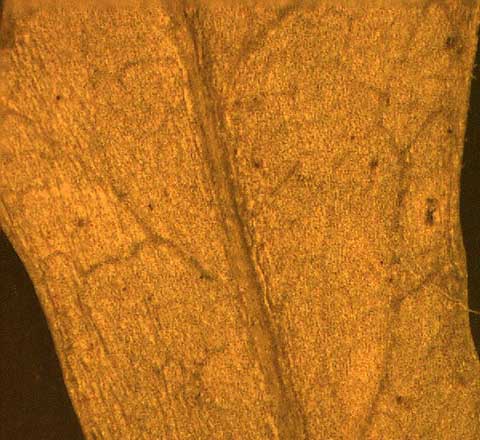
Rorippa sylvestris abaxial leaf surface [Top]
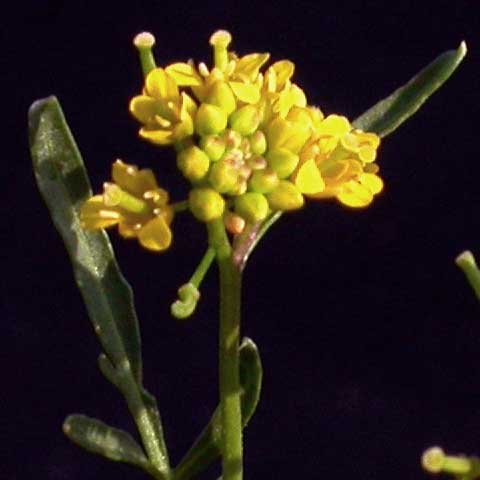
Rorippa sylvestris flower [Top]
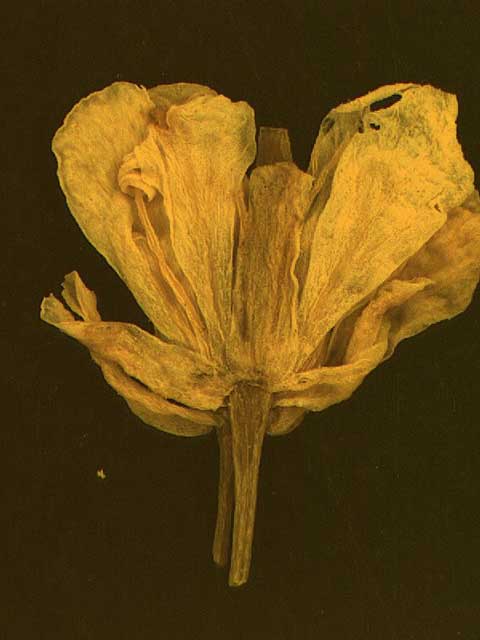
Rorippa sylvestris flower [Top]
Herbicide Effectiveness [top]
Key to Rankings
Barricade/Regalkade
P**
Broadstar
P**
Gallery
P**
OH2
P**
Pennant Magnum
P**
Pendulum
P**
Regal OO
P**
Ronstar
P**
Rout
P**
Showcase
P**
Snapshot TG
P**
Surflan
P**
Treflan
P**
Description [top]
Yellow fieldcress (Brassicaceae) is a perennial that spreads by creeping, white, fleshy roots which produce many new plants. Flowers are yellow. Plants can spread by small root fragments, less than ½ inch in length, entangled in roots of nursery stock. It is thought to have been introduced from the Netherlands with herbaceous perennials, especially in hosta and daylilies. The way to tell this species apart from other similar species is to compare the roots. Marsh yellowcress and southern yellowcress each produce a white taproot but lack the white, horizontal spreading roots of yellow fieldcress. With very young plants, it may be impossible to differentiate these three species until the plant is large enough to produce the creeping roots. Vegetatively, yellow fieldcress leaves tend to be more finely divided with more pointed lobes on the margins of the leaflets than marsh yellowcress. However, these foliar characteristics are quite variable and cannot be relied upon for positive identification. Seed capsules of marsh yellowcress are less than ½ inch long, shorter and thicker than seed capsules of yellow fieldcress. Since yellow fieldcress is a perennial, most preemergence herbicides will not control this weed; glyphosate is marginally effective, and selective postemergence herbicides are not available. It is imperative to eradicate nursery infestations as soon as detected; destroy infested crops to prevent spread. [TOP]